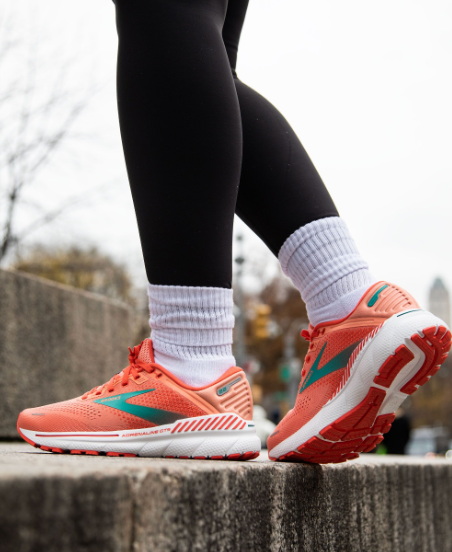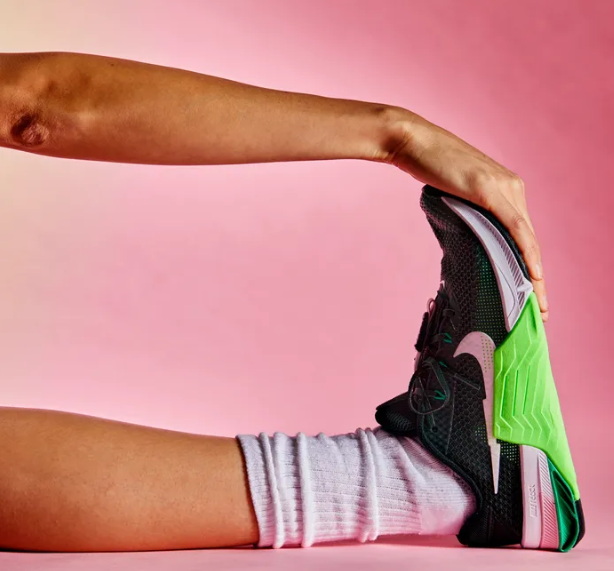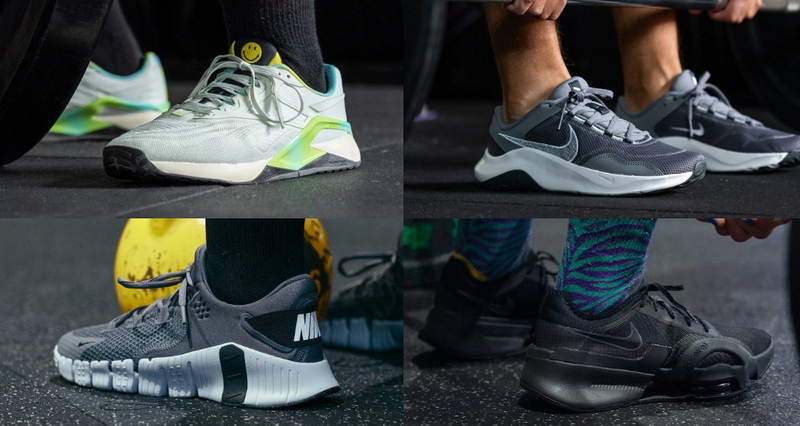Content Menu
● Understanding Cross Training Shoes
● Top Cross Training Shoes for Women
>> 1. Nike Metcon 9
>> 2. Under Armour HOVR Rise 2
>> 3. Reebok Nano X3
>> 4. New Balance FuelCell Trainer
>> 5. NOBULL Trainer
● Factors to Consider When Choosing Cross Training Shoes
>> Workout Type
>> Fit and Comfort
>> Durability
>> Breathability
● How to Test Cross Training Shoes
● Care and Maintenance of Cross Training Shoes
● The Future of Cross Training Shoes
● Conclusion
● Frequently Asked Questions
>> 1. How often should I replace my cross training shoes?
>> 2. Can I use cross training shoes for running?
>> 3. Are expensive cross training shoes always better?
>> 4. How should cross training shoes fit?
>> 5. Can I wear cross training shoes for everyday use?
Cross training shoes are essential for women who engage in various fitness activities, from high-intensity interval training (HIIT) to weightlifting and cardio. These versatile shoes provide the support, stability, and comfort needed for a wide range of exercises. In this comprehensive guide, we'll explore the top cross training shoes for women, their features, and how to choose the right pair for your fitness needs.

Understanding Cross Training Shoes
Cross training shoes are designed to handle multiple types of workouts. Unlike running shoes or specialized weightlifting shoes, cross trainers offer a balance of features that make them suitable for various activities. They typically provide:
- Stability for weightlifting
- Cushioning for cardio and plyometrics
- Durability for intense workouts
- Versatility for different types of exercises
Top Cross Training Shoes for Women
1. Nike Metcon 9
The Nike Metcon series has long been a favorite among CrossFit enthusiasts and gym-goers. The Metcon 9 continues this legacy with improved features:
- Wide, flat base for stability during lifts
- Responsive cushioning for high-impact movements
- Durable upper with breathable mesh
- Versatile design suitable for various workouts
2. Under Armour HOVR Rise 2
Under Armour's HOVR Rise 2 offers excellent comfort and performance:
- HOVR foam technology for energy return and cushioning
- Lightweight design for agility
- Durable rubber outsole for traction
- Breathable upper for comfort during intense workouts
3. Reebok Nano X3
The Reebok Nano X3 is a popular choice for CrossFit and functional fitness:
- Stable base for weightlifting
- Flexweave knit upper for durability and breathability
- Responsive cushioning for dynamic movements
- Versatile design for various workout styles
4. New Balance FuelCell Trainer
New Balance offers a great option with the FuelCell Trainer:
- FuelCell foam for responsive cushioning
- Stable base for lifting and lateral movements
- Breathable knit upper for comfort
- Versatile design for multiple workout types
5. NOBULL Trainer
NOBULL has gained popularity in the CrossFit community with their minimalist design:
- SuperFabric upper for durability and breathability
- Stable platform for lifting and dynamic movements
- Versatile outsole for various surfaces
- Sleek design that transitions well from gym to casual wear

Factors to Consider When Choosing Cross Training Shoes
When selecting the best cross training shoes for women, consider the following factors:
Workout Type
Different shoes excel in various areas. Consider your primary workout style:
- HIIT: Look for shoes with good cushioning and stability
- Weightlifting: Prioritize a stable base and minimal heel-to-toe drop
- Mixed workouts: Choose versatile shoes that balance cushioning and stability
Fit and Comfort
A proper fit is crucial for performance and injury prevention:
- Try shoes on later in the day when feet are slightly swollen
- Ensure there's enough room in the toe box
- Look for shoes that provide arch support if needed
Durability
Cross training shoes should withstand intense workouts:
- Check for reinforced areas in high-wear zones
- Look for durable materials like rubber outsoles and reinforced uppers
Breathability
Keeping feet cool and dry during workouts is important:
- Look for mesh or knit uppers for ventilation
- Consider moisture-wicking linings
How to Test Cross Training Shoes
When trying on cross training shoes, perform these exercises to ensure they meet your needs:
1. Jumping jacks to test overall stability and cushioning
2. Squats to check for heel stability
3. Lunges to test flexibility and support
4. Short sprints to assess responsiveness and comfort
Care and Maintenance of Cross Training Shoes
To extend the life of your cross training shoes:
- Rotate between multiple pairs if possible
- Clean shoes regularly, following manufacturer instructions
- Allow shoes to dry completely between workouts
- Replace shoes when the cushioning or support begins to break down
The Future of Cross Training Shoes
As technology advances, we can expect to see innovations in cross training shoes:
- Smart shoes with built-in sensors for performance tracking
- More sustainable materials and manufacturing processes
- Customizable features for individual fit and preferences
Conclusion
Choosing the right cross training shoes is crucial for women who engage in varied workout routines. The best shoes offer a balance of stability, cushioning, and versatility to support different types of exercises. Consider your specific workout needs, try on multiple pairs, and don't hesitate to invest in quality shoes that will enhance your performance and help prevent injuries.

Frequently Asked Questions
1. How often should I replace my cross training shoes?
Cross training shoes typically last between 6 to 12 months, depending on usage frequency and intensity. Replace them when you notice decreased cushioning, worn-out treads, or visible damage to the upper.
2. Can I use cross training shoes for running?
While cross training shoes can handle short runs, they're not ideal for long-distance running. For regular runners, it's best to have separate running shoes designed specifically for that activity.
3. Are expensive cross training shoes always better?
Not necessarily. While higher-priced shoes often offer advanced features, many mid-range options provide excellent performance. Focus on finding shoes that fit well and meet your specific workout needs rather than solely on price.
4. How should cross training shoes fit?
Cross training shoes should have a snug fit in the heel and midfoot with enough room in the toe box to wiggle your toes. There should be about a thumb's width of space between your longest toe and the end of the shoe.
5. Can I wear cross training shoes for everyday use?
While cross training shoes are designed for workouts, many styles are comfortable and stylish enough for casual wear. However, using them primarily for exercise will help maintain their performance features longer.

















